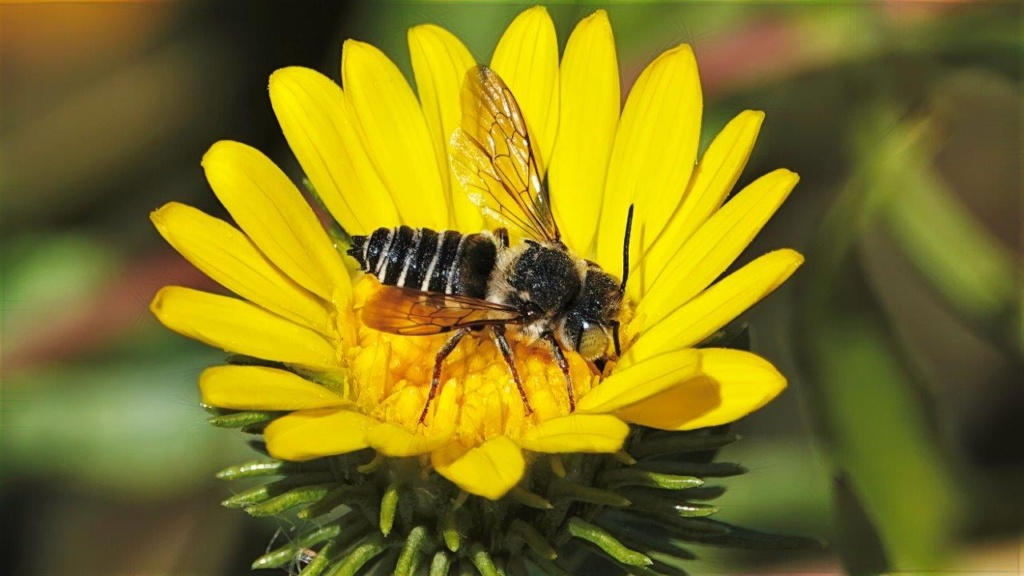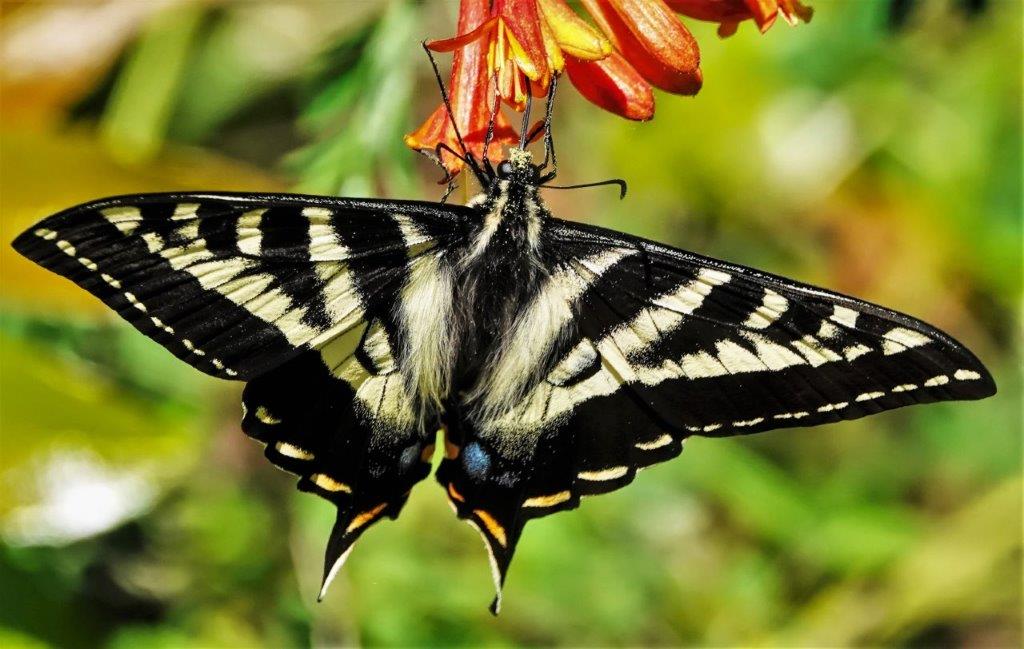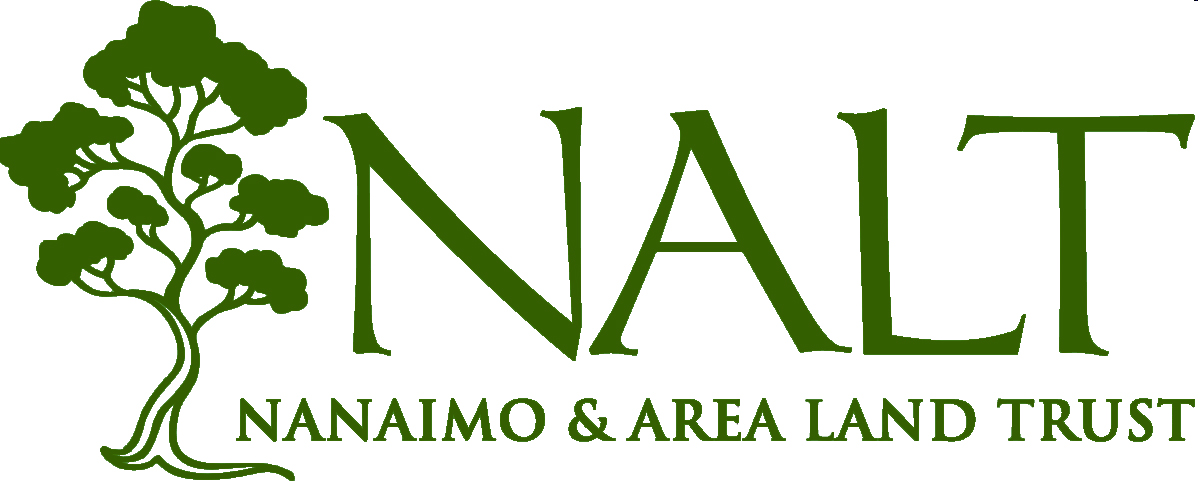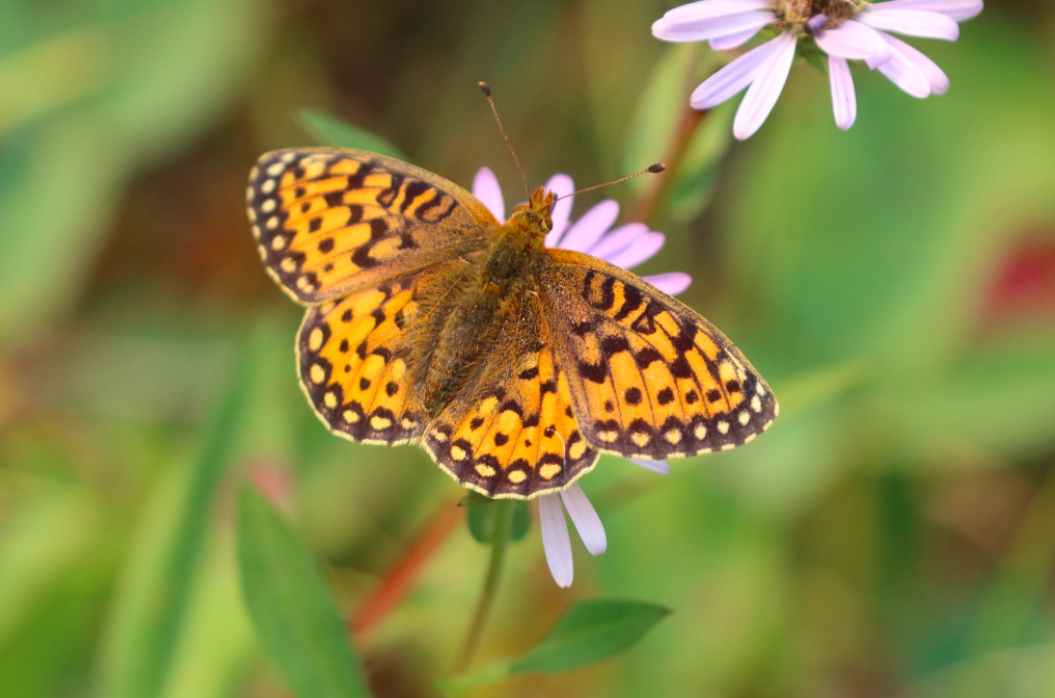Why plant a pollinator garden?
Pollinators are insects, or other small animals, that help transfer pollen from one plant to another, which is essential for most plant reproduction. There are many different kinds of pollinators – in BC there are over 450 species of bee alone, never mind other pollinators such as butterflies, moths, flies, wasps, beetles and hummingbirds! Sadly, many pollinator populations are in serious decline. This is due to habitat loss, pesticide use, lack of forage (or food), climate change and in some cases disease transfer from the non-native honey bee.



What can I do to help pollinators?
Pollinators are important not just in terms of the food they help to provide (one in three bites we eat are thanks to a pollinator!) but also because of the fundamental role they play in the ecosystem.
With a decline in pollinator populations, a decline in the abundance and diversity of pollinator-dependent plants follows. The loss of pollinators has a cascading effect on overall biodiversity in an ecosystem.
While it may be difficult for us to help many other declining or threatened species in our area, local residents working together can actually make a significant difference in helping pollinators. That is because by making just a few changes in what we do on our own properties and in our own gardens we can create suitable habitat and forage for pollinators!
the three steps for a pollinator paradise
Our toolkit provides a step-by-step guide in creating a pollinator paradise. The Three main steps are:
- Choose pollinator-friendly plants and ensure that they bloom across spring, summer and into fall
- Protect nests and egg-laying sites
- Do not use pesticides
Why working together is so important
Did you know that many pollinating insects only have a range of 500 – 750 metres? This is the distance that they can travel while in search of food and nesting sites. Many can only travel a few hundred metres. Finding suitable habitat and forage that is connected to other suitable habitat and forage can be a big challenge for many pollinators!
That is why we have created our Nanaimo Area Pollinator Paradise map. If your property meets the criteria to be a pollinator paradise, add it to the map! This will help us track the overall size as well as the connectivity of pollinator-friendly habitat.
What is CONNECTIVITY? Habitat connectivity refers to how, and to what degree, distinct patches of habitat are connected, which can influence the distribution, genetic diversity, and health of animal and plant populations

